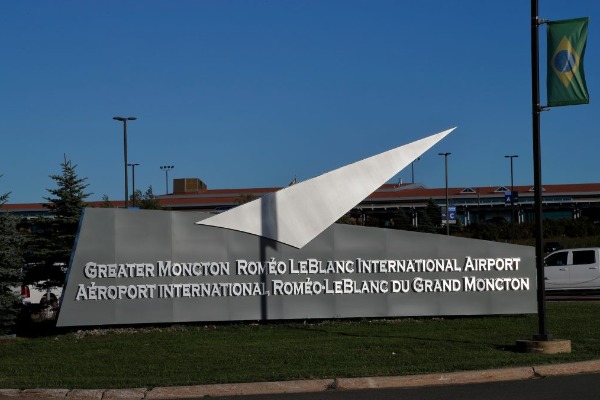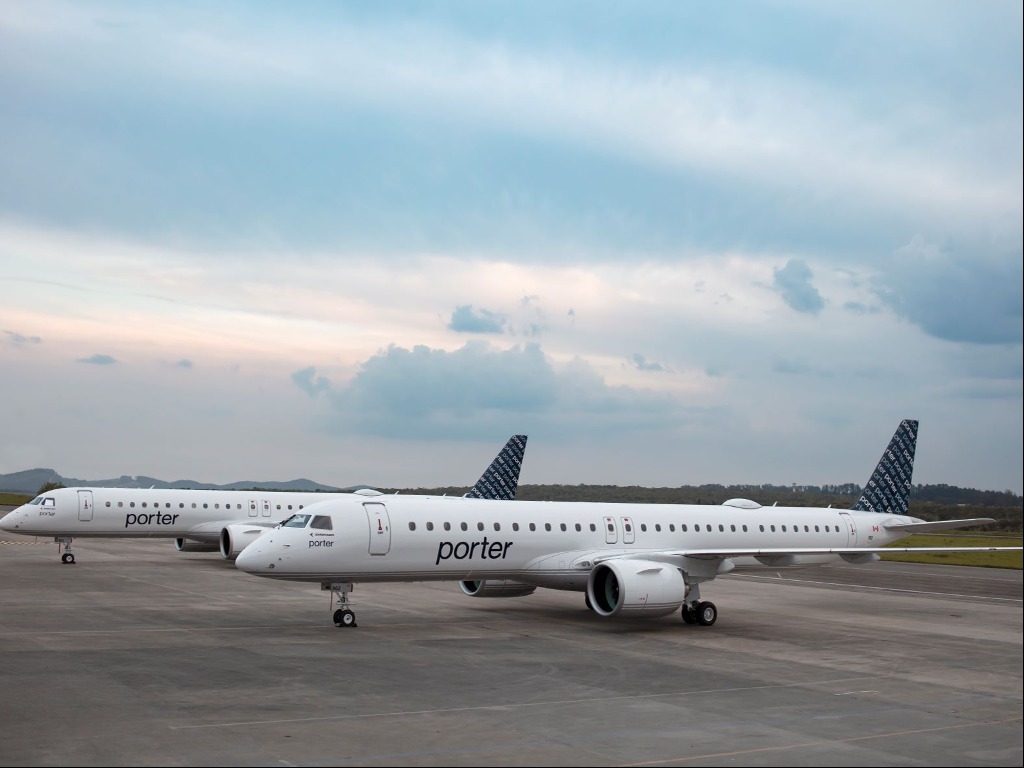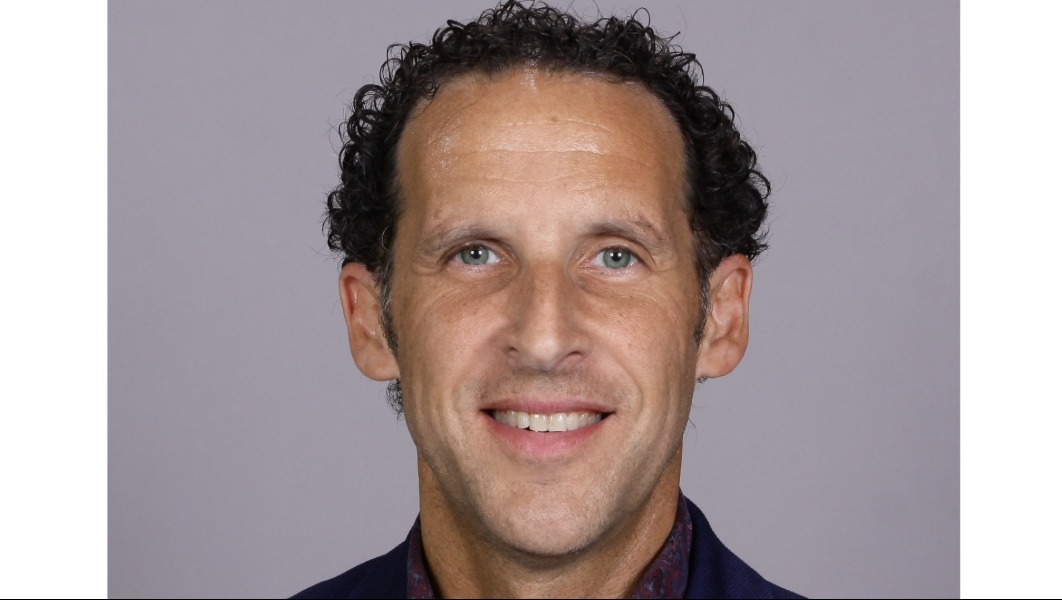YQM Receives ACI Health Accreditation

The COVID-19 pandemic has had a significant impact on air travel but a significant number of health and safety measures have been put in place by airports and airlines at all steps of the aviation journey to ensure travellers feel safe and reassured throughout their travel.
Greater Moncton Roméo LeBlanc International Airport’s (YQM) commitment to health and safety has been recognized by Airports Council International (ACI) and YQM is now accredited in its Airport Health Accreditation program (AHA).
This new program is designed to help reassure the travelling public that airport facilities remain safe and that precautions are being taken to limit health risks during the travel process.
Over 200 airports are accredited by this program worldwide.
Bernard LeBlanc, President & CEO, Greater Moncton Roméo LeBlanc International Airport, said: “The health and safety of our passengers, airline partners, tenants and employees is our top priority. The COVID-19 pandemic has certainly highlighted the importance of this, so being recognized by a standardized, international airport health program means passengers and employees can feel confident that we have implemented quality health measures and protocols in line with global best practices.”
And LeBlanc continued: “Since March, YQM has been working closely with the provincial and federal governments to adopt and facilitate evolving public safety protocols designed to slow the spread of COVID-19.”
There are several measures currently in place at the airport and these include, but are not limited to, the following:
- Masks are mandatory for everyone in the airport terminal building and any public area, including passengers and airport employees.
- Access to the airport terminal building is limited to passengers and airport employees to support physical distancing. Anyone picking up or dropping off a passenger is asked to wait outside unless the passenger requires assistance.
- Everyone at the airport is asked to follow physical distancing measures, which are enforced with signage.
- Extra hand-sanitizing stations have been deployed throughout the airport terminal building for when handwashing is not possible.
- The frequency and efficiency of cleaning and sanitizing protocols have been increased. For example, an electrostatic sprayer is now being used.
Tags:


